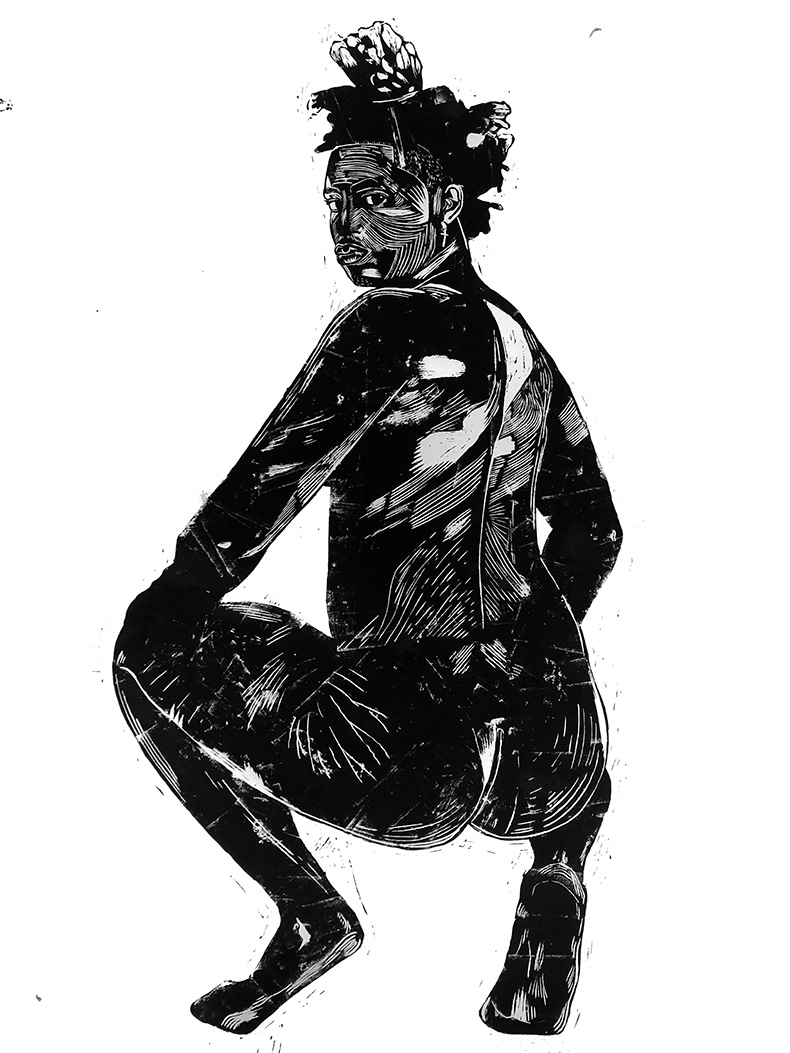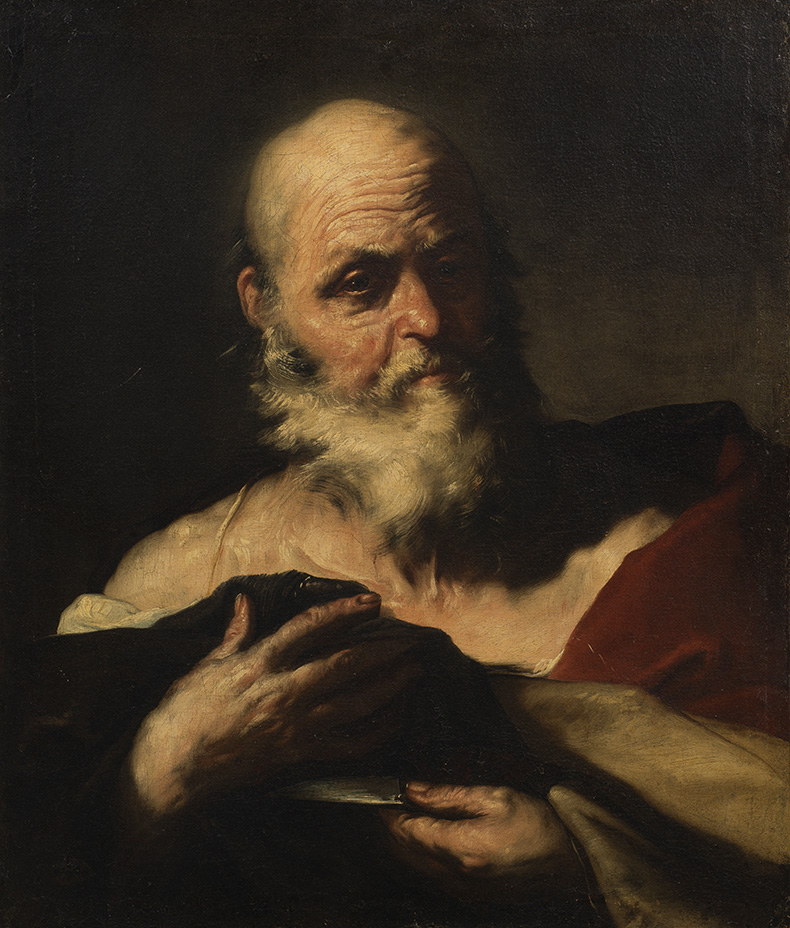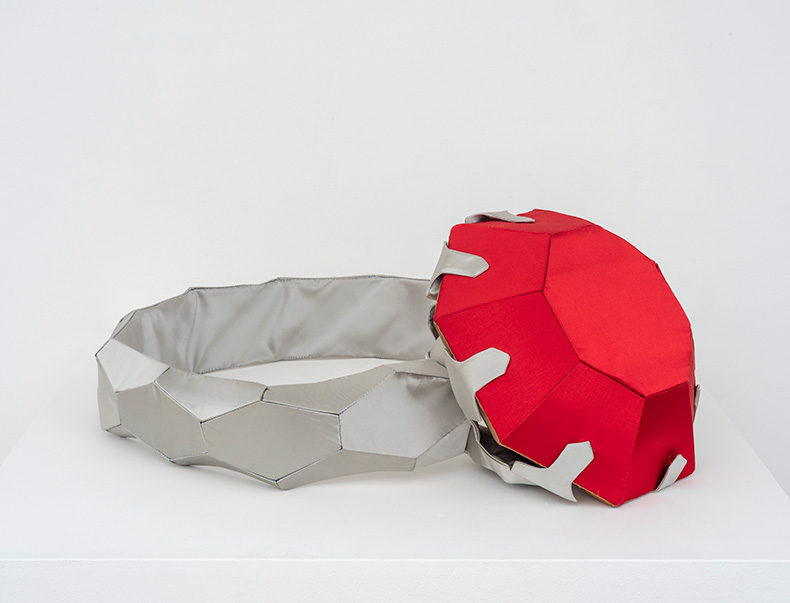Apollo’s monthly survey of the most exciting works to enter public collections shines a light on the gaps museums have been able to plug and the new stories they are looking to tell
Strawberry Hill House, Twickenham
Jardinière (c. 1730), China
Decorated with the traditional Chinese ‘three friends of winter’ motif that brings together pine, bamboo, and plum in a symbol of steadfastness and resilience, this 18th-century jardinière once belonged to the writer and historian Horace Walpole. Walpole used the bowl to house his pet goldfish – a decision which resulted in the tragic death of his cat Selima, who drowned in it while trying to catch the fish. This incident was later immortalised in the mock-heroic ‘Ode on the Death of a Favourite Cat, Drowned in a Tub of Gold Fishes’ (1747) written by Walpole’s school-friend, the poet Thomas Gray. Some years later, Walpole commissioned a gothic pedestal on which the bowl was to be placed; to the pedestal was affixed a label with Gray’s first verse. Sold at auction during the 19th century, the notorious bowl now returns to Strawberry Hill House through the Acceptance in Lieu scheme, administered by the Arts Council and negotiated by Christie’s to settle £790,000 of tax.
Victoria and Albert Museum, London
The Session Series: What Chu Lookin At Ho? (2020), Khaleb Brooks
The Victoria and Albert Museum has acquired a work by Khaleb Brooks, who was artist-in-residence at Tate Modern in 2020. Addressing subjects such as trans identity, Blackness and sex work, Brooks’ works were included in the Institute of Contemporary Art’s recent group exhibition ‘Decriminalised Futures’ which explored the exploitation of sex workers. What Chu Lookin at Ho?, Before (2020) was purchased as part of an initiative to bring works by trans and non-binary artists into the museum’s permanent collections.

The Session Series: What Chu Looking at Ho?, Before (2020), Khaleb Brooks. Courtesy Gazelli Art House
Nationalmuseum, Stockholm
Saint Bartholomew (c. 1660), Luca Giordano
A leading painter of the Neapolitan School, Luca Giordano was nicknamed Fa Presto (‘make quickly’) because of the fast pace at which he produced works. Born in Naples, the artist lived and worked in Rome, Florence and Venice before relocating to Spain at the invitation of Charles II, where he spent a decade at the Spanish court before returning to Naples in 1702, where he died three years later. This dramatic depiction of Saint Bartholomew (c. 1660) demonstrates the influence of Spanish artists – in particular the painter Jusepe de Ribera who was renowned for his use of light and shadow – on Giordano’s approach to painting. The painting is the first by the Italian artist to enter the collections at the Nationalmuseum in Stockholm.

Saint Bartholomew (c. 1660), Luca Giordano. Photo: Anna Danielsson; courtesy Nationalmuseum, Sweden
National Museum of Women in the Arts, Washington, D.C.
Works from the collection of Wallace Holladay and Wilhelmina Cole Holladay
Founded in 1981, the NMWA in Washington, D.C., remains the only major museum dedicated solely to works by women artists. Its collections have now been bolstered by the donation of more than 60 works from the estate of the museum’s founders, Wallace Holladay and Wilhelmina Cole Holladay. Highlights include a still life of c. 1630 by the French baroque painter Louise Mollion, depicting a basket filled to bursting with plums, peaches and other fruits, as well as Head of an Old Peasant (c. 1903) by the German Expressionist painter Paula Modersohn-Becker, who is renowned for her candid portraits of women and girls. The newly acquired works will go on display when the museum reopens next year after an extensive renovation project.

Head of an Old Peasant (c. 1903), Paula Modersohn-Becker. Photo: Lee Stalsworth; courtesy National Museum of Women in the Arts, Washington, D.C.
Moderna Museet, Stockholm
Rhinestone Ring (1963–64), Jann Haworth
Perhaps best known for her work (with her then-husband Peter Blake) on the Beatles’ Sgt. Pepper’s Lonely Hearts Club Band album cover, Jann Haworth also helped to pioneer the medium of soft sculpture. Rhinestone Ring was produced during the artist’s formative years in London while studying at the Slade School of Fine Art and provides an excellent example of the ways in which Haworth combined her signature Pop-art style with traditional quilting techniques.

Rhinestone Ring (1963–4), Jann Haworth. Courtesy Gazelli Art House
Amon Carter Museum of American Art, Fort Worth
Works by 15 contemporary American artists
Expanding its collection of works by contemporary American artists, the Amon Carter Museum in Fort Worth, Texas, has announced the acquisition of works by 15 photographers, sculptors and printmakers. They include Kara Walker’s Emancipation Approximation (Scene #9) (1999–2000), a screenprint from a portfolio based on a large-scale installation of the same name, addressing the complexities of the Civil War era. A Beautiful Despair (Cube) (2021) by the Pakistani-American artist Anila Quayyum Agha has also been acquired – made of cut steel, the suspended sculpture is illuminated from within, casting intricate shadow patterns around the room in which it is exhibited.














![Masterpiece [Re]discovery 2022. Photo: Ben Fisher Photography, courtesy of Masterpiece London](http://zephr.apollo-magazine.com/wp-content/uploads/2022/07/MPL2022_4263.jpg)
‘Like landscape, his objects seem to breathe’: Gordon Baldwin (1932–2025)